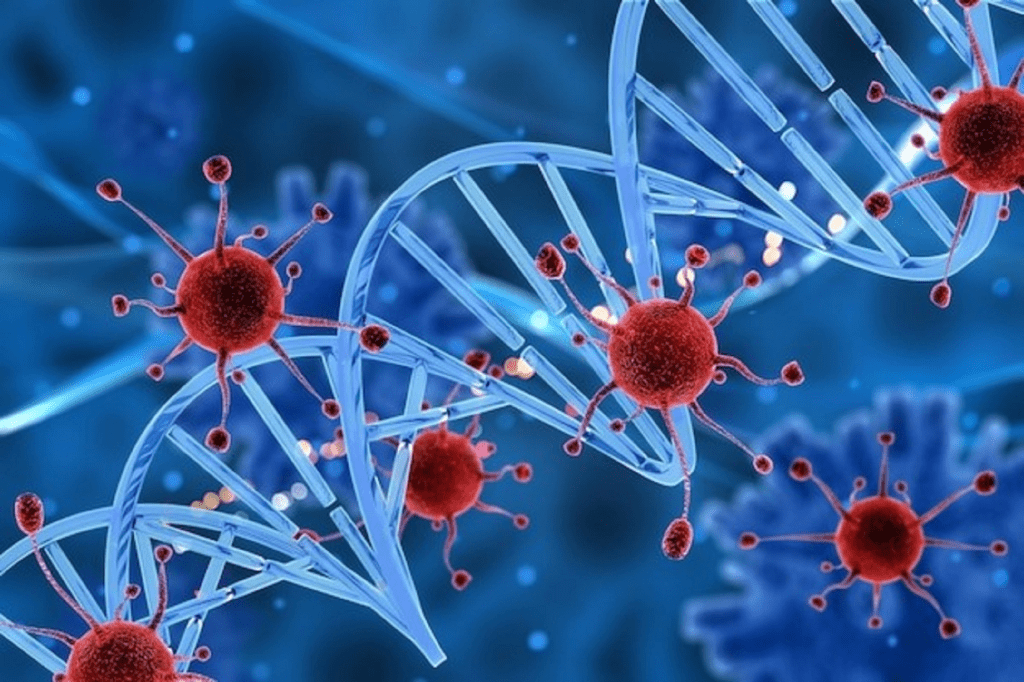The word “cancer” can stop anyone in their tracks. It’s a diagnosis that feels heavy, terrifying, and often final. But here’s the good news: not all cancers are created equal, and some—when caught early—have cure rates that exceed 90%. That’s right, a diagnosis doesn’t have to mean disaster, especially if you’re vigilant and proactive.
In this article, we’re diving into five types of highly treatable cancers, each with a surprisingly high survival rate when detected in their early stages. Along the way, we’ll break down what symptoms to look out for, so you know when it’s time to see your doctor and potentially save your life.
Thyroid Cancer: The Silent Fighter with a 98% Survival Rate

Let’s start with a form of cancer that often flies under the radar—thyroid cancer. This small, butterfly-shaped gland in your neck plays a big role in regulating hormones. Luckily, papillary thyroid cancer, the most common type, is very treatable.
What to look for:
- A painless lump or swelling on the front of your neck
- Hoarseness or changes in your voice
- Difficulty swallowing
- A feeling of tightness or pressure in the throat
These symptoms are easy to brush off, but if they persist, it’s worth scheduling an ultrasound or biopsy. The good news? When caught early, thyroid cancer has a 5-year survival rate of more than 98%. Early diagnosis = peace of mind.
Testicular Cancer: High Survival for a Young Man’s Disease
Testicular cancer mainly affects younger men between the ages of 15 and 35. It’s relatively rare, but also highly curable—over 95% of patients beat it when treated early.
Signs to notice:
- A painless lump or swelling in one testicle
- A heavy feeling in the scrotum
- Dull ache in the lower abdomen or groin
- Breast tenderness or growth (in rare cases)
The key here is regular self-examination. It takes less than a minute but could save your life. If something feels off, don’t hesitate—get it checked.
Video : 10 Warning Signs of Thyroid Cancer
Prostate Cancer: Common, But Conquerable
Prostate cancer is one of the most common cancers in men, particularly those over 50. But thanks to routine screening and advanced treatment options, over 90% of men diagnosed early survive for at least a decade.
Warning signs include:
- Frequent urination, especially at night
- Trouble starting or stopping urination
- Weak urine stream
- Blood in the urine or semen
- Pain in the lower back, hips, or thighs
Because many of these symptoms can be mistaken for aging or an enlarged prostate, annual PSA blood tests and rectal exams are critical after age 50. Don’t let embarrassment cost you your health.
Skin Cancer: The Most Visible and Preventable
Skin cancer—especially basal cell carcinoma (BCC) and squamous cell carcinoma (SCC)—can be cured in more than 95% of cases when caught early. These are the most common types of non-melanoma skin cancer, and they typically develop on sun-exposed areas.
Be alert to:
- A new growth or lump on your skin
- Sores that don’t heal or bleed easily
- Scaly patches or red bumps
- Moles that change in size, shape, or color
Make it a habit to check your skin regularly. Use a mirror or ask a partner to check hard-to-see places. If anything looks suspicious, book a dermatology appointment. Quick treatment often involves simple removal—before it becomes a problem.

Breast Cancer: Early Detection Can Be Life-Saving
Breast cancer is the most commonly diagnosed cancer in women worldwide. But with regular mammograms and self-checks, it’s also among the most beatable—with survival rates of over 90% when found early.
Watch for these red flags:
- A lump or thickening in the breast or underarm
- Changes in breast shape or size
- Dimpling or puckering of the skin
- Nipple discharge (especially if bloody)
- Inverted or painful nipples
If you’re over 40, don’t skip your annual mammogram. And regardless of age, monthly self-exams can help you detect subtle changes. The sooner it’s caught, the simpler the treatment—and the better the outcome.
Why Early Detection Changes Everything
So what makes these five cancers more survivable than others? The answer is simple: early intervention. When cancer is diagnosed in its early stages, it’s often localized—meaning it hasn’t spread yet. This gives doctors a better shot at removing or destroying the cancer completely.
That’s why paying attention to your body, acting on small symptoms, and sticking to recommended screenings can make all the difference. Think of it like fire prevention—it’s easier to put out a spark than a wildfire.
Video : What is the Survival Rate for Thyroid Cancer? – Dr. Tjoson Tjoa
How to Stay Ahead: Simple Steps That Save Lives
Want to give yourself the best possible chance at early detection? Here’s what you can do starting today:
- Know your family history – Genetics matter. Talk to relatives and share your history with your doctor.
- Schedule routine screenings – Mammograms, skin checks, PSA tests, and more depending on your age and risk factors.
- Listen to your body – Don’t ignore subtle symptoms. That lump or frequent bathroom trip? It’s better to be safe than sorry.
- Make healthy lifestyle choices – A strong immune system can help your body fight off diseases, including early-stage cancers.
Final Thoughts
Cancer doesn’t have to be a life sentence—not when you catch it early. These five cancers—thyroid, testicular, prostate, skin, and breast—are among the most treatable if diagnosed before they spread. But they require one thing from you: awareness.
Be curious about your health. Ask questions. Follow up on the little things. Early signs may whisper, but they’re worth listening to.
Your body has a way of signaling when something’s wrong. Pay attention. Because sometimes, that whisper is the one that saves your life.


